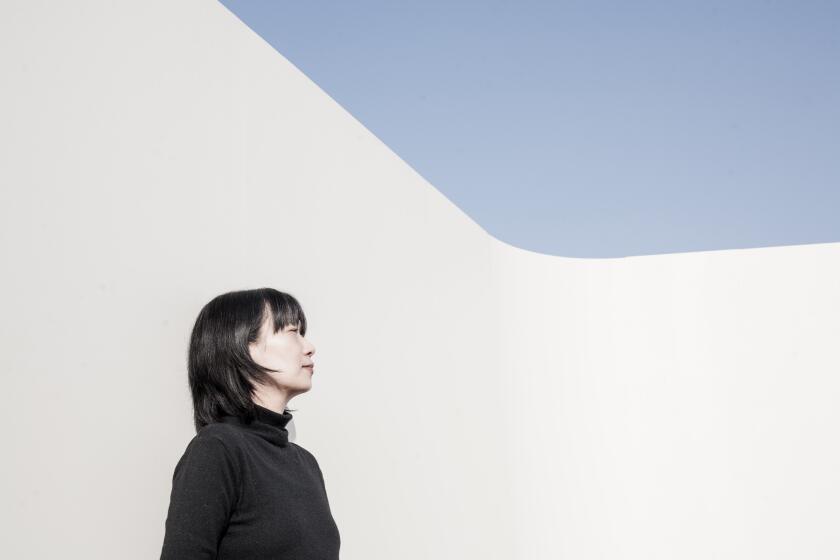Build Your Brain Power by Arthur Winter...
Build Your Brain Power by Arthur Winter MD and Ruth Winter (St. Martin’s: $13.95).
Published earlier this year, this upbeat “good news” book is so filled with interesting theories and practical advice that it merits tracking down. At the outset, the husband-and-wife authors dismiss the notion that aging and loss of mental acuity are inevitable and inexorable.
“The long-accepted belief that we lose a great many brain cells as we age was based on faulty research,” they stress, citing the erroneous study that makes us incorrectly assume we’re losing enormous numbers of vital neurons after age 30. Though the brain does lose weight with the aging process, the consensus seems to be that the majority of people in good health “at all ages . . . maintained their levels of intellectual competence--or actually improved--as they grew older.
“Brain fitness involves motivation, repetition and stretching,” the authors say. To this end, they describe a great many mental calisthenics to ensure that each area of the brain gets a daily workout. Different kinds of exercises improve cognition and both short- and long-term memory. The five senses can be stimulated through spatial-visual games, and music and computation prove helpful, as do “organizing and integrating information.”
Crisply written and interestingly researched, “Build Your Brain Power” makes clear that the aging brain need not turn into a “leaky sieve.” Rather, as our most powerful organ, it must be used with vigorous creativity.
Popular Crafts Guide to Pottery by Alan & Gill Bridgewater (Chilton Book Company: $10.95).
The pottery of earth is never dead. OK, Keats did say “poetry,” but the obvious pun underscores the similarity of both crafts. The linguistic root of poetry is maker , and though the making of pottery for utilitarian and aesthetic purposes predates making poetry, both ancient art forms speak deeply to human creative needs.
Alan and Gill Bridgewater in their lovely book, replete with 150 illustrations, find pottery-making “an absorbing craft . . . an exciting leisure activity and a fascinating adventure.” In sequential steps, beginners learn how to choose the correct kind of clay (red, stoneware, porcelain, etc.), basic ways to mold it, “throwing” techniques and how to use the potter’s wheel, including the grand finale of correctly firing their wares in a kiln. (A small electric kiln with automatic heat control is recommended for the home workshop.)
Eleven projects “related to a particular folk or ethnic tradition” are clearly illustrated.
More to Read
Sign up for our Book Club newsletter
Get the latest news, events and more from the Los Angeles Times Book Club, and help us get L.A. reading and talking.
You may occasionally receive promotional content from the Los Angeles Times.







